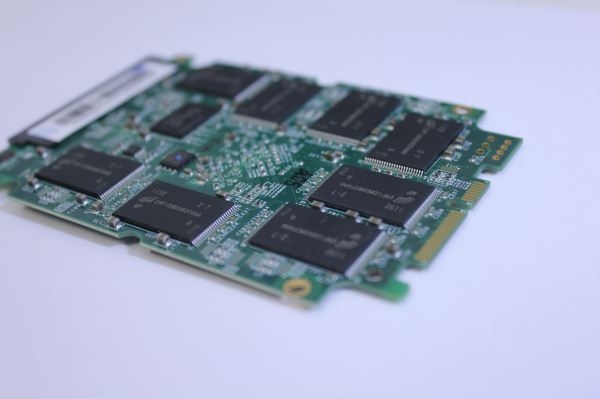OCZ Agility 4 (256GB) Review
by Kristian Vättö on September 1, 2012 1:00 PM ESTFinal Words
To date, we have only seen asynchronous NAND in SandForce SSDs and now I can see why. SandForce gets away with asynchronous NAND because it does real-time compression, meaning that it writes less to the NAND and hence there is also less to read. That's why Agility 3 performs so well and in most cases its performance is equal to the Vertex 3. Compression is an efficient way of eliminating the NAND bottleneck as long as you're dealing with compressible data. Once you switch to incompressible data, there is a big difference between Vertex 3 and Agility 3, all due to the NAND interface.
Without a real time compression engine, the Agility 4 is considerably slower than its counterpart equipped with synchronous NAND. It's clear OCZ is using its clever performance mode to hide a lot of the limitations of using asynchronous NAND. As you fill the drive the Agility 4's peak write performance drops considerably.
While Agility 4 is priced competitively, it's not cheap enough to be worth it. However, Vertex 4 is most likely a better investment in that case since it's only $5-20 more anyway.
Where the Agility 4 makes sense is when it's heavily discounted. As of late we've seen a couple of really hot deals on older SSDs. If you can find an Agility 4 for significantly less than the Crucial m4 or Samsung SSD 830 then it might be worth it. It's definitely faster than a mechanical drive at least. But at normal prices, the m4 or 830 for a little more would be a much better purchase.











41 Comments
View All Comments
SerafinaWeathers - Monday, February 8, 2016 - link
Good analysis , Coincidentally , if people is looking for a service to merge PDF or PNG files , I encountered a service here Alto-Merge.